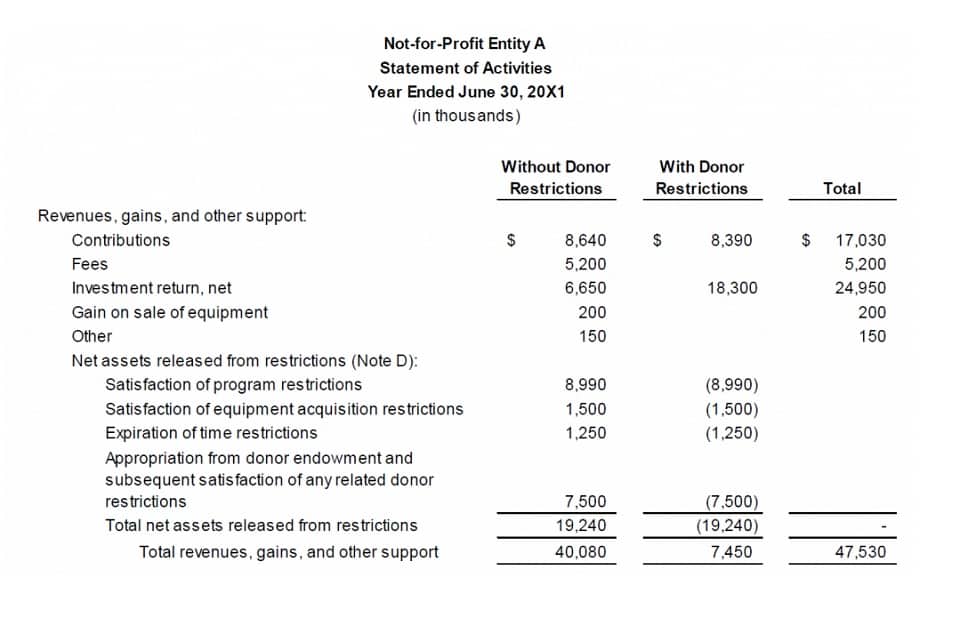
Therefore, tax shelters may either reduce the amount of taxes due permanently or reduce the amount of taxes due temporarily. Over the ten-year period, the cumulative tax savings would amount to $15,000 ($1,500 annual tax savings multiplied by ten years). This means the business would have saved $15,000 in taxes due to the depreciation tax shield. The benefit of using depreciation with a tax shield is that you can subtract any depreciation expenses from taxable income. These intangible assets can affect your rate of tax and tax expense. There are many examples of a tax shield, and it often depends on the tax rate of the corporation or individual as well as their tax-deductible expenses.

Standard Tax Deductions
- This tax-efficient investment method is used particularly by high-net-worth individuals and corporations that face steep tax rates.
- This can lower the effective tax rate of a business or individual in the current tax year, which is especially important when their reported income is quite high.
- Keep reading to learn all about a tax shield, how to calculate it depending on your effective tax rate, and a few examples.
- Properly employed, tax shields are used as part of an overall strategy to minimize taxable income.
- By doing so, you can make informed financial decisions and potentially better secure your financial future.
- It also provides incentives to those interested in purchasing a home by providing a specific tax benefit to the borrower.
- But, first, do the calculation of Tax Shield enjoyed by the company.
Instead, the value is depreciated over the useful life of the asset, and that expense is deducted on the tax return. The tax shield approach will decrease taxable income and decrease the tax you owe. Remember, when you use tax shields like depreciation, the taxes are deferred, not avoided, so they’ll eventually need to be paid.

Advanced Corporate Finance

These include the use of deductions, exemptions, tax credits, and capital gains. For example, a business is deciding whether to lease a building or buy the building. Taking on a mortgage for the purchase of a building would create a tax shield because mortgage interest is deductible to a business. If the business puts the tax shield benefit from the mortgage into the decision, the tax benefit of a mortgage might make the decision easier. Businesses looking to cut expenses may consider a tax shield as a way to lower their taxable income. Choosing the right tax shield takes some planning, and may require you to talk with a tax professional.
Types of Tax Shields:
The intent of a tax shield is to defer or eliminate a tax liability. This can lower the effective tax rate of a business or individual in the current tax year, which is especially important when their reported income is quite high. In this post, we’ll dive into a concept that is essential for tax shield understanding tax planning and its impact on businesses and individuals alike – the tax shield. Whether you’re a business owner, investor, or simply interested in personal finance, understanding what a tax shield is and how to calculate it can help you make more informed financial decisions.
In order to qualify, the taxpayer must use itemized deductions on their tax return. The deductible amount may be as high as 60% of the taxpayer’s adjusted gross income, depending on the specific circumstances. For donations to qualify, they must be given to an approved organization. For example, because interest payments on certain debts are a tax-deductible expense, taking on qualifying debts can act as tax shields.

What Is the Formula for Tax Shield?
Tax Shield: Definition, Formula for Calculation, and Example
- Tax shields can vary slightly depending on where you’re located, as some countries have different rules.
- Choosing the right tax shield takes some planning, and may require you to talk with a tax professional.
- Tax shields vary from country to country, and their benefits depend on the taxpayer’s overall tax rate and cash flows for the given tax year.
- For example, if you have a tax rate of 24 percent and you have $2,000 in mortgage interest, you can determine that your tax shield would be $480.
